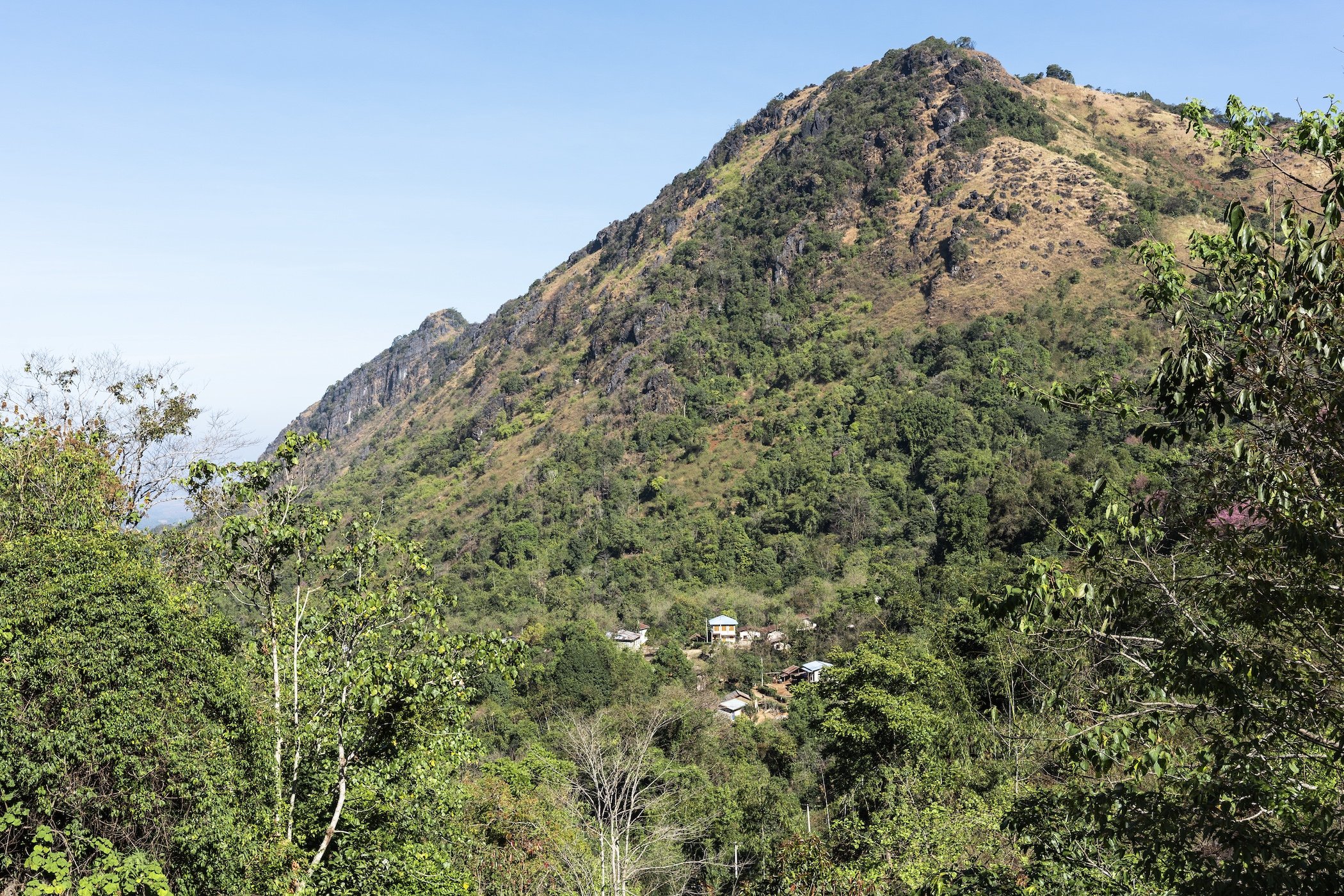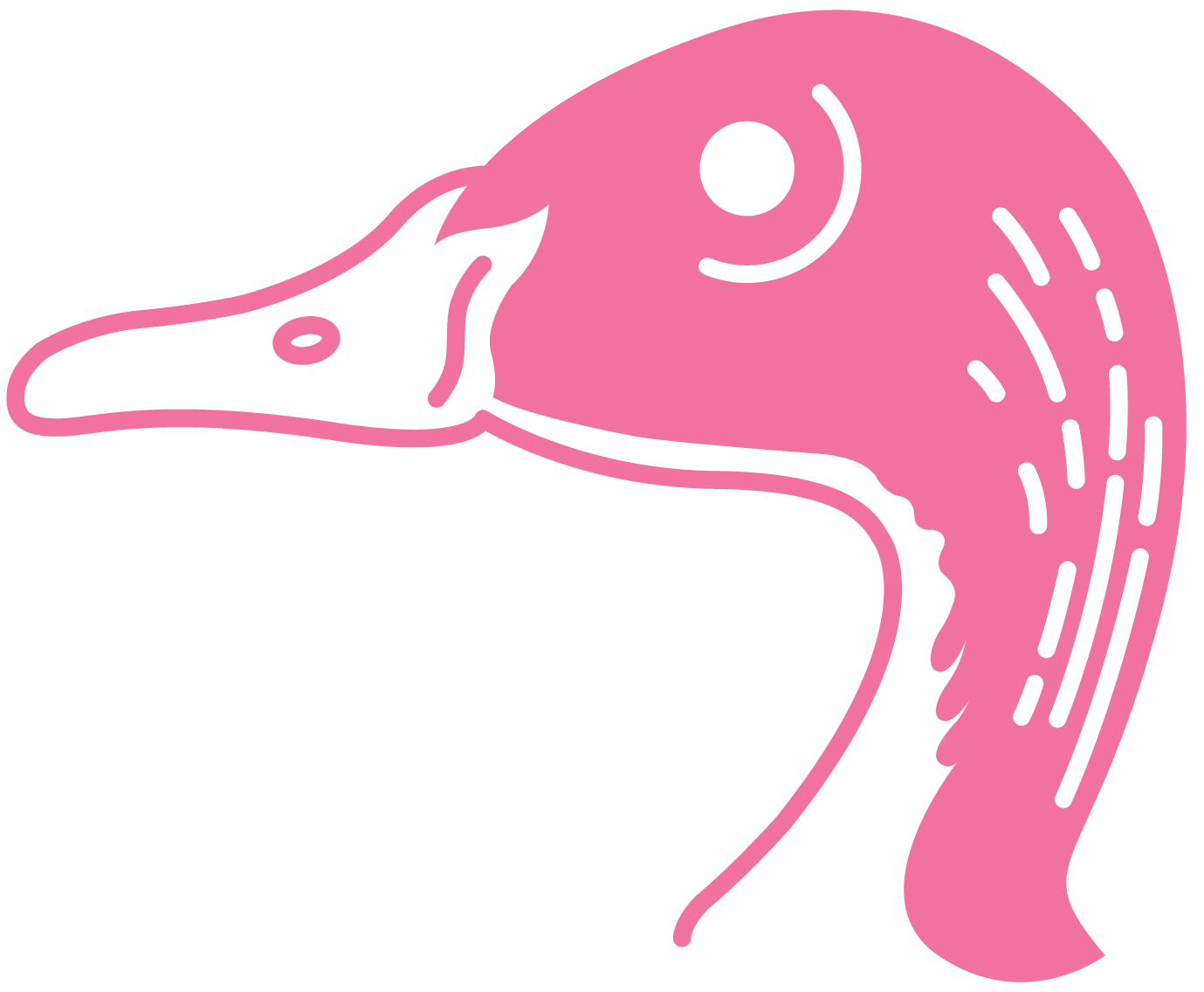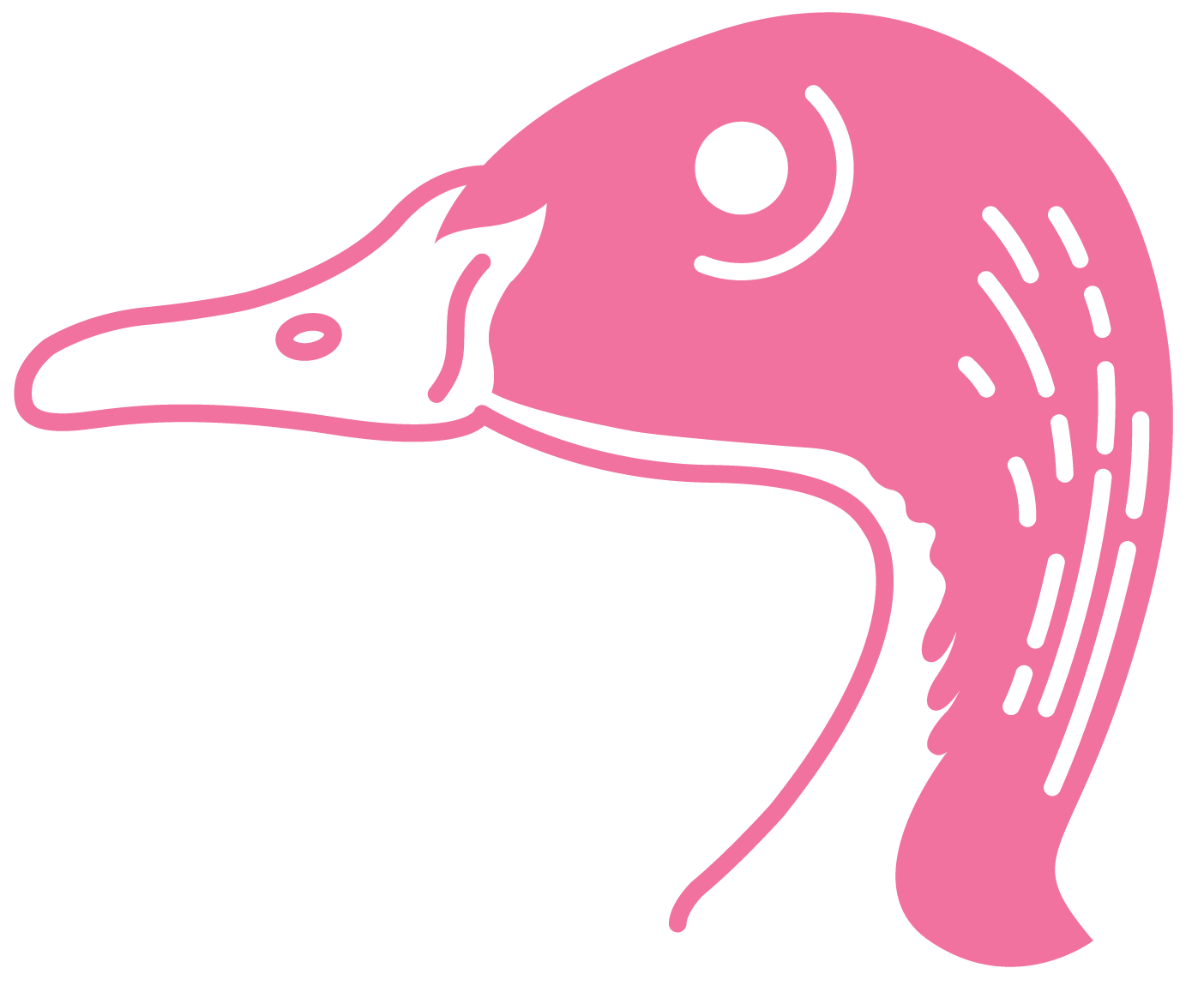
Ga Naing Yar Village
“A surprise winner of Myanmar’s 3rd Annual Cupping Competition.”
- Winrock International, 2017
During the 2016-2017 harvest, Ga Naing Yar became one of the 22 coffee communities producing specialty coffee in Shan State, gathering its first 1.5 metric tons of natural-processed coffee. This was the community’s entrance into the ongoing USAID-Winrock program, which was transforming the country’s specialty sector at the time, and what a profound entrance Ga Naing Yar made. Myanmar’s third national cupping competition was held in March 2017, and this community’s coffee scored 88.5 points—the highest scoring in the country. Since then, it’s become a connoisseur favorite around the world, and we’re thrilled to connect more U.S. roasters with this community for the first time.
About the origin:
Overall & Naturals Champion in 2017 Myanmar Coffee Cupping Competition
Elevation: 1,515m (4,970 ft)
Ethnic groups: Pa-O
Production members: 13
Variety: Catuai
Location: 20.966454, 96.576883
Village name & history
As the second highest-elevation community in the Shwe Taung Thu co-op, Ga Naing Yar’s name pays homage to both its location and the abounding nature that surrounds it. Ga Naing translates directly to ‘forest,’ while Yar means ‘upper’ – and the village is nestle right in the middle of this remote forest. The only thing higher is the over-1,760-meter mountain peak towering above.
Prominent landmarks are a common choice for village names across Shan State and Myanmar as a whole. Old or new, before modern roads and smartphones connected many of these mountaintop villages, these isolated settlements had to distinguish themselves from their neighbors; and with its location high above most other communities, the name Ga Naing Yar was and remains the perfect fit.
The people
As the tale goes, there was once a Weiza, or supernatual being, and a Dragon Mother who laid three eggs — one of which gave birth to the ethnic Pa-O people.
Today, the Pa-O make up the second largest ethnic group in Shan State. Their men and women are famous for their eye-catching turbans, which bring to life their fabled origin story. Pa-O women wear colorful headdresses to resemble the form of their Dragon Mother while Pa-O men drape theirs to the side to mimic their Weiza Father, whom many believe their people are all descendants of to this day.
Their community, however, is not originally from this mountainous region of Myanmar. They fled here nearly one thousand years ago after their coastal homeland, in modern day Mon State, was conquered by the Burmese Kingdom. Three hundred miles away in the Shan Hills, the Pa-O started a new life, bringing Buddhism and their strong traditions with them.



